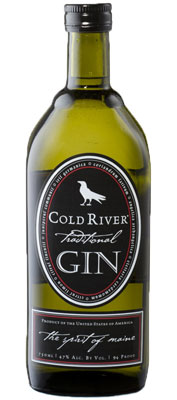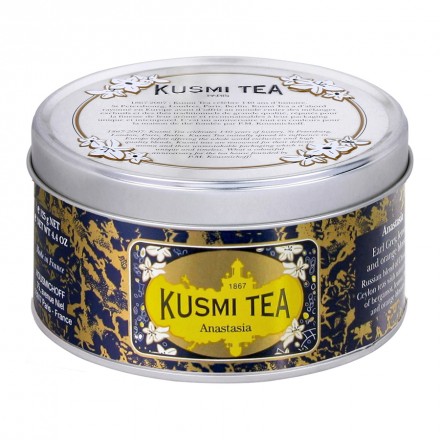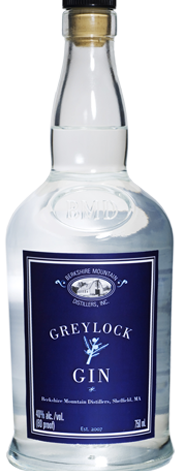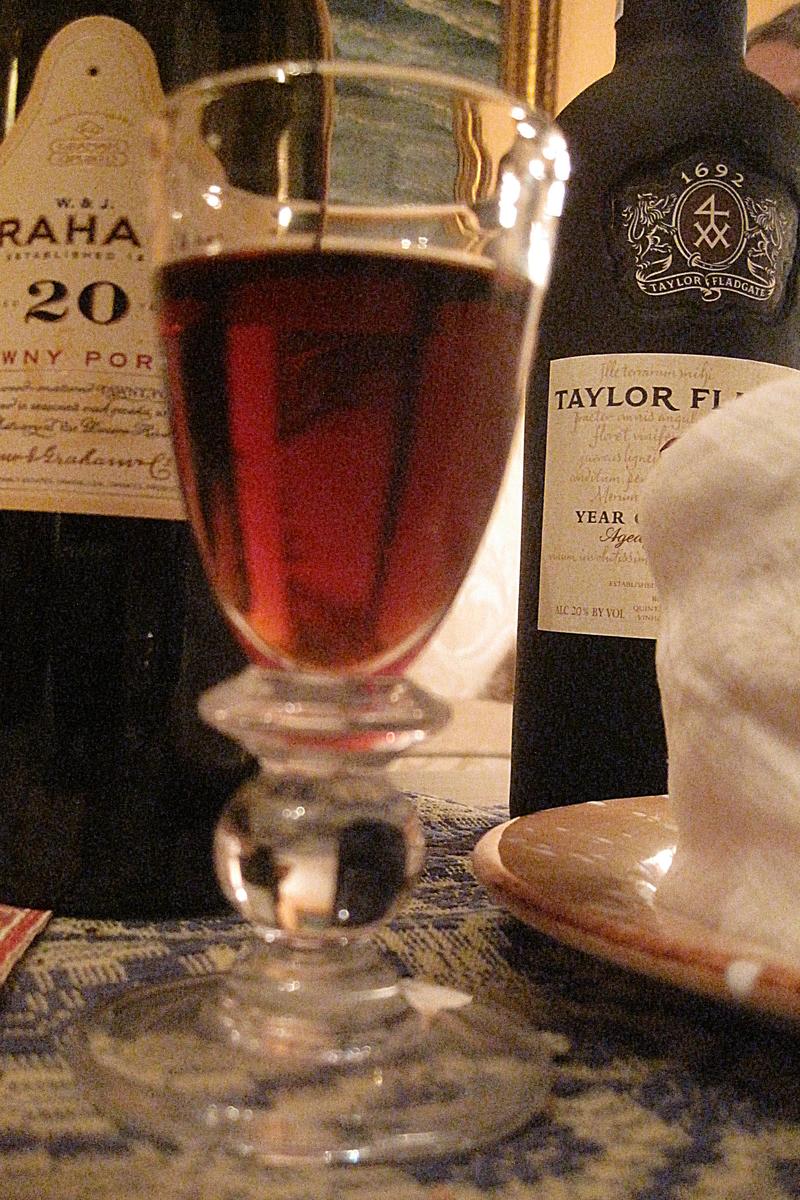
We sampled three dry vermouths on Sunday. I had known for some time that I like a Martini made with Martini and Rossi Dry Vermouth much better than one made with Stock, and I like to cook with it better as well, so I decided to explore various vermouths to see what they have to offer. I spent a few weeks picking up interesting brands wherever I found them. Here's what we came up with:
- Noilly Prat, on the left in the photo, was the darkest of the three by far, and flavorful although a bit sweet for my tastes.
- Martini & Rossi is my house vermouth, used for both cooking and cocktails. It was the driest of the lot, with a balanced herbal flavor. Lorna likes it on the rocks with rich fish dishes like a Newburg.
- The last of our trio was Dolin, which I was introduced to at Drink, an excellent cocktailian bar in Boston. This was lighter and sweeter than the Mertini & Rossi, and drier than the Noilly Prat.
- Richmond and I had compared the Martini & Rossi to Stock at the Club on Friday night, noting that the Stock was lighter in color and in flavor.

 I have been curious about this new artisanal gin from Maine for about a year now. I sampled it first at Le Garage in Wiscasset and found it too richly flavored for a Martini, but I never pursued the topic. Then my brother brought me a bottle so I was compelled to delve into serious research. Here's what I found out:
I have been curious about this new artisanal gin from Maine for about a year now. I sampled it first at Le Garage in Wiscasset and found it too richly flavored for a Martini, but I never pursued the topic. Then my brother brought me a bottle so I was compelled to delve into serious research. Here's what I found out: I like nothing better on a snowy morning than a pot of smoky Lapsang Souchong tea. It smells like a campfire, bringing back all kinds of cozy memories.
I like nothing better on a snowy morning than a pot of smoky Lapsang Souchong tea. It smells like a campfire, bringing back all kinds of cozy memories.  Anastasia, from
Anastasia, from  Greylock is a London Dry Gin produced in small batches in Great Barrington, on the far western edge of Massachusetts. You can find it in some restaurants throughout the Berkshires, but as I write this it is not easy to find closer to Boston.
Greylock is a London Dry Gin produced in small batches in Great Barrington, on the far western edge of Massachusetts. You can find it in some restaurants throughout the Berkshires, but as I write this it is not easy to find closer to Boston.  Last night, Richmond and I sampled a couple of excellent old ports: Calem 20 Year Old Tawny Port and Portal Colheita 1994 along with two excellent Stilton cheeses and some toasted walnuts - a classic combination!
Last night, Richmond and I sampled a couple of excellent old ports: Calem 20 Year Old Tawny Port and Portal Colheita 1994 along with two excellent Stilton cheeses and some toasted walnuts - a classic combination!